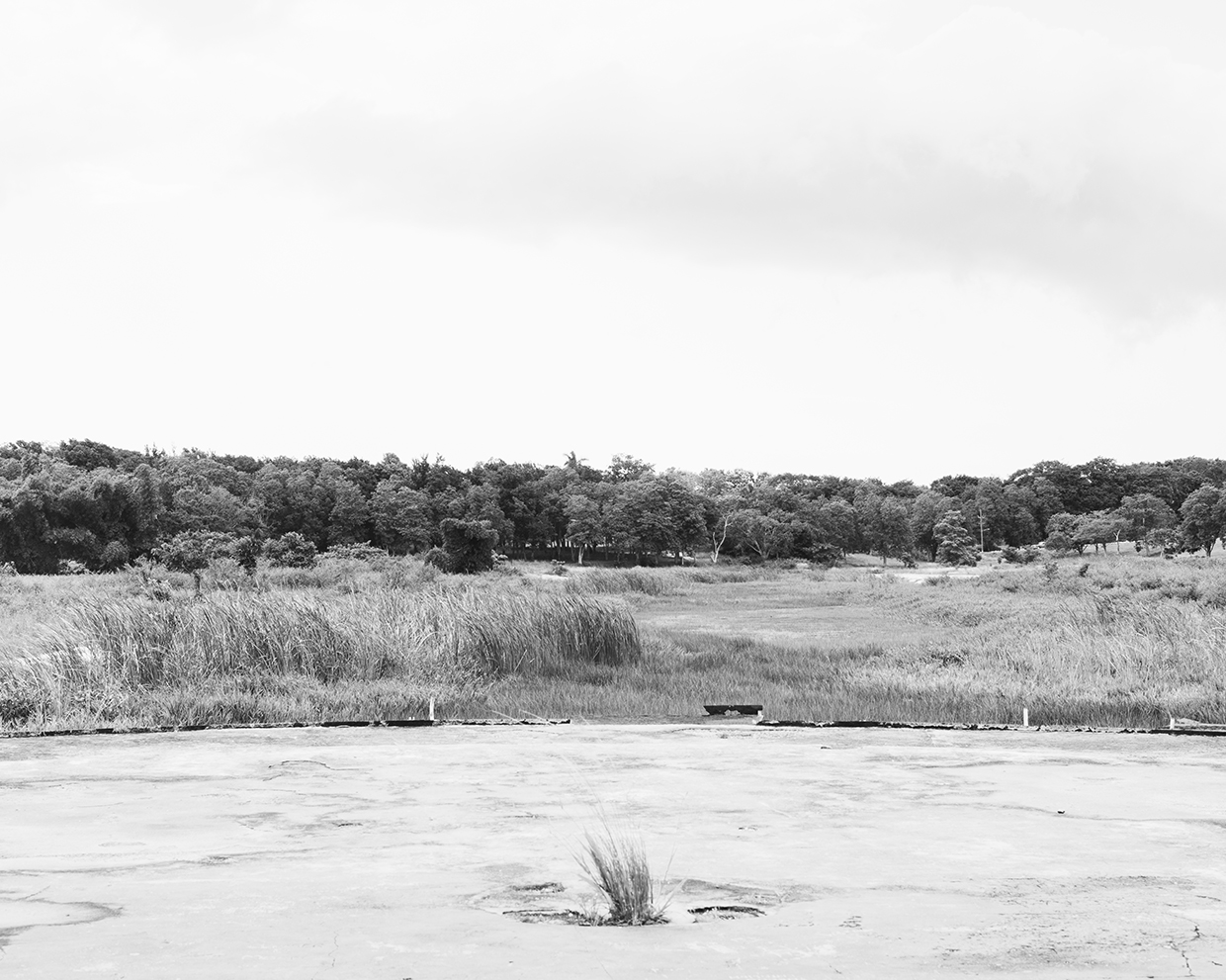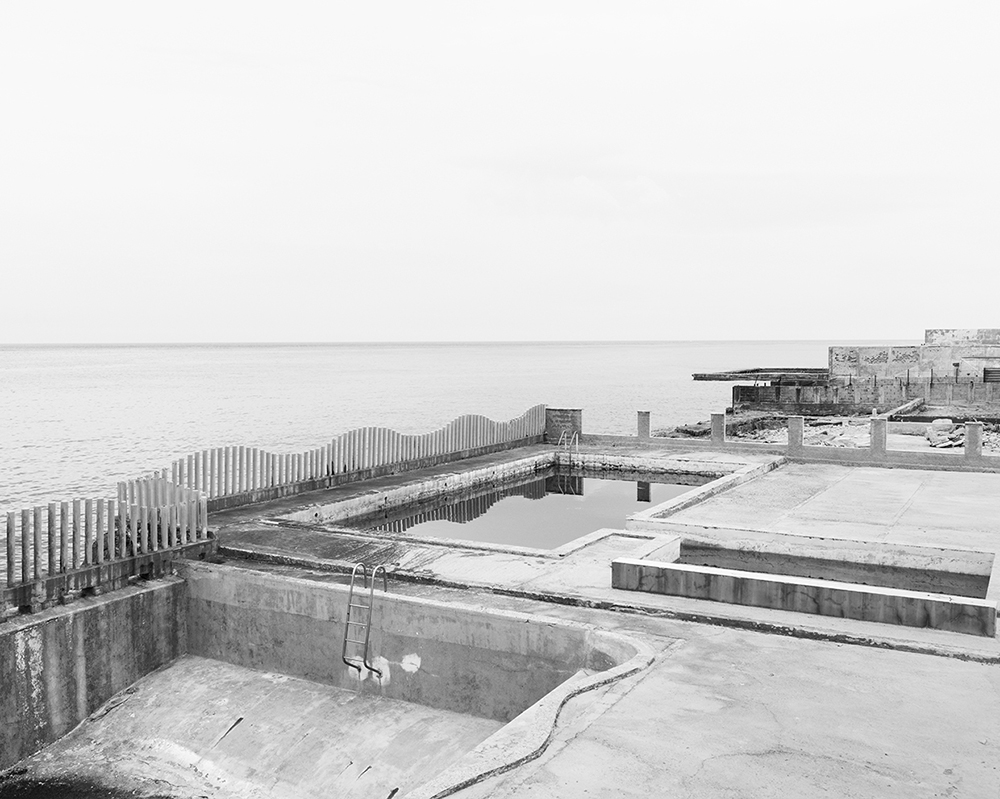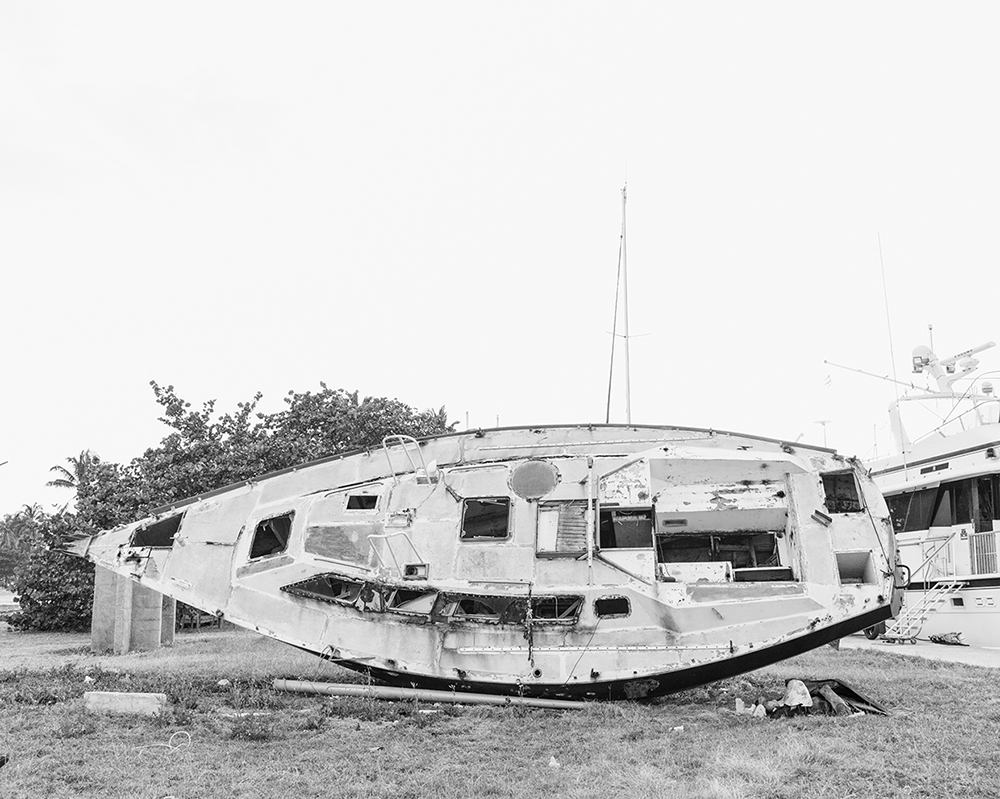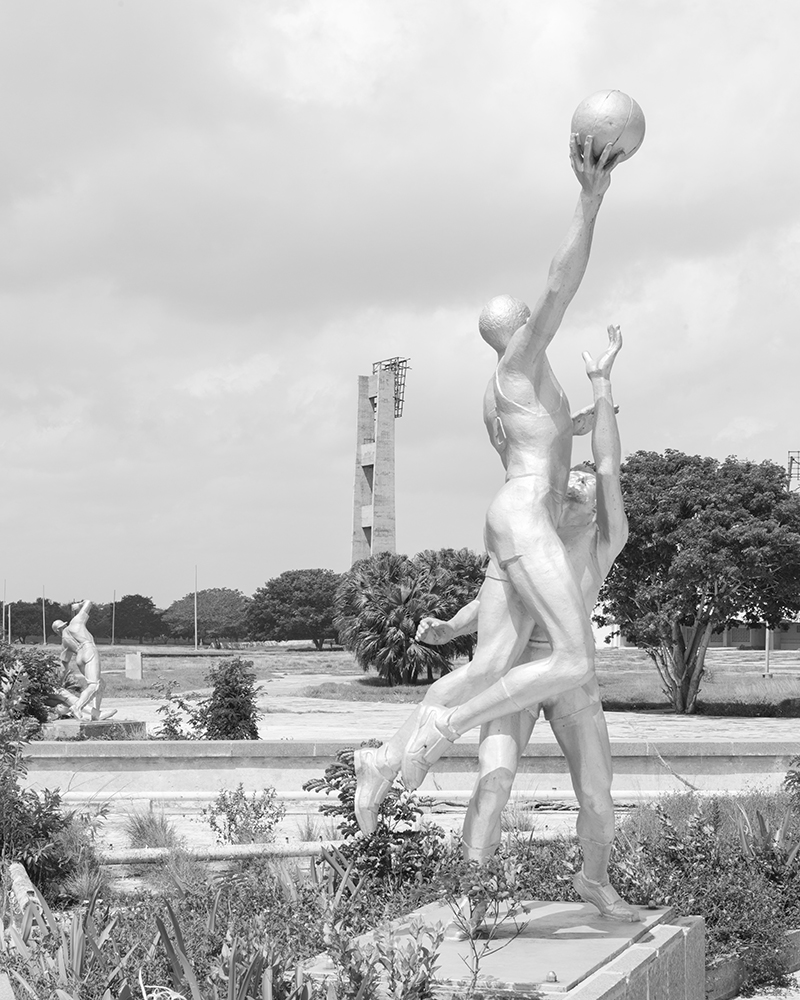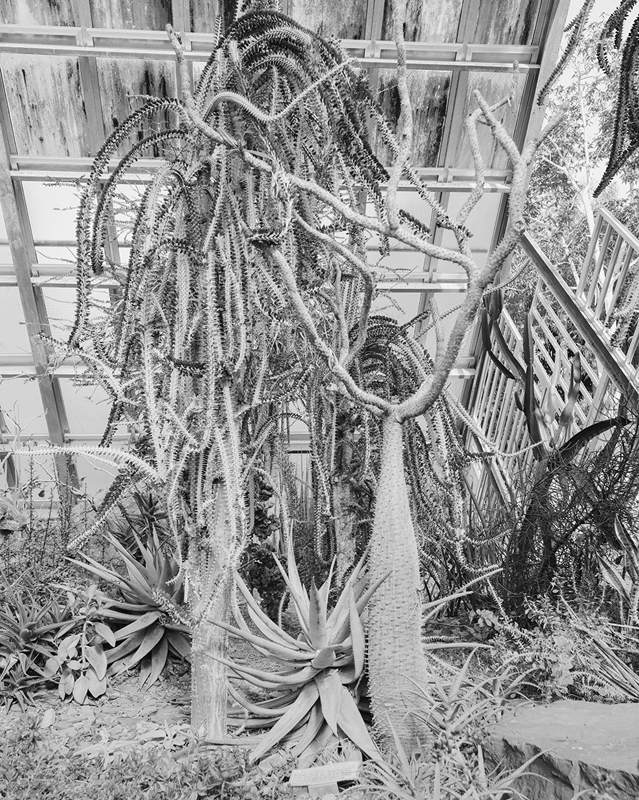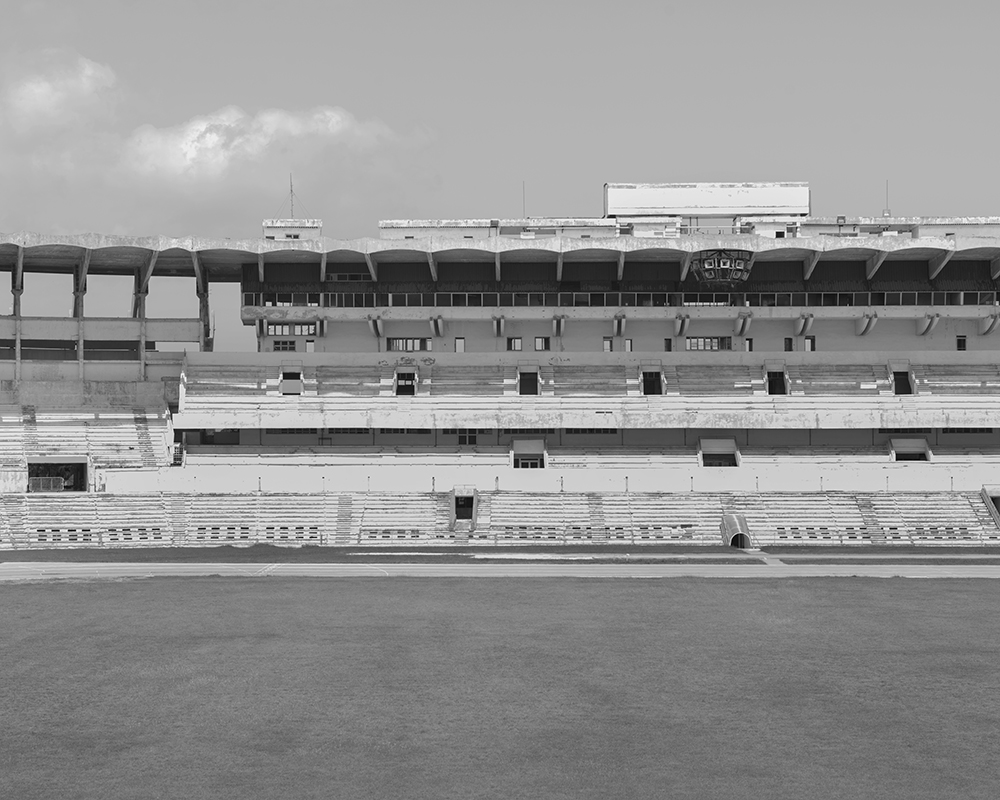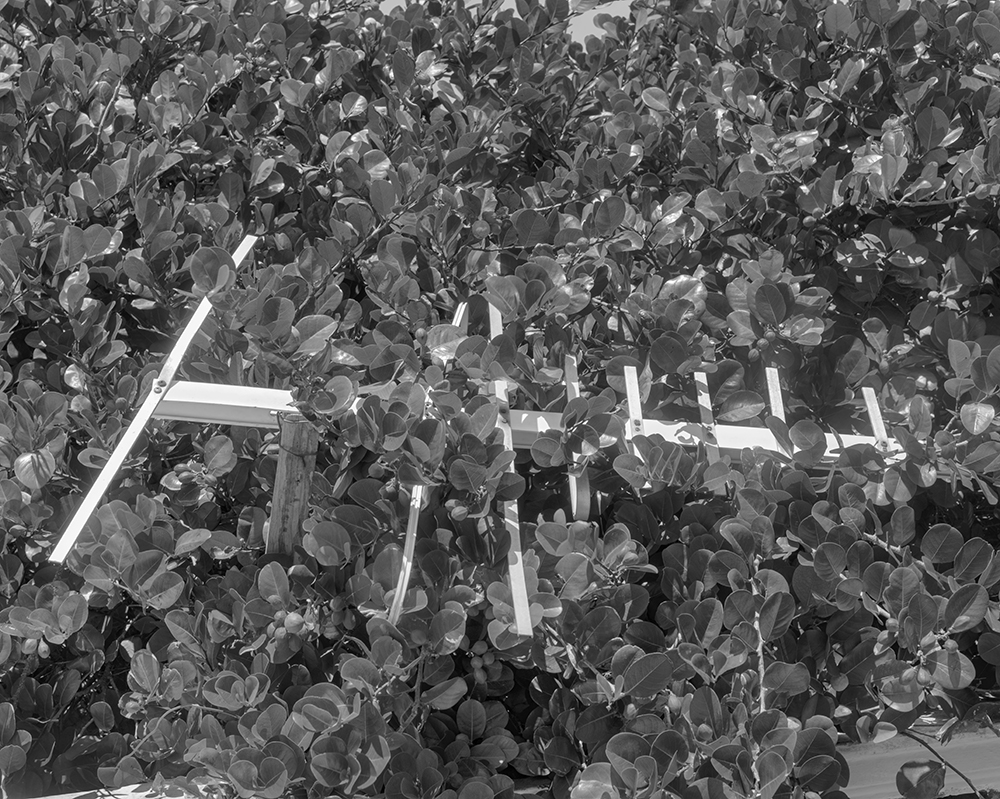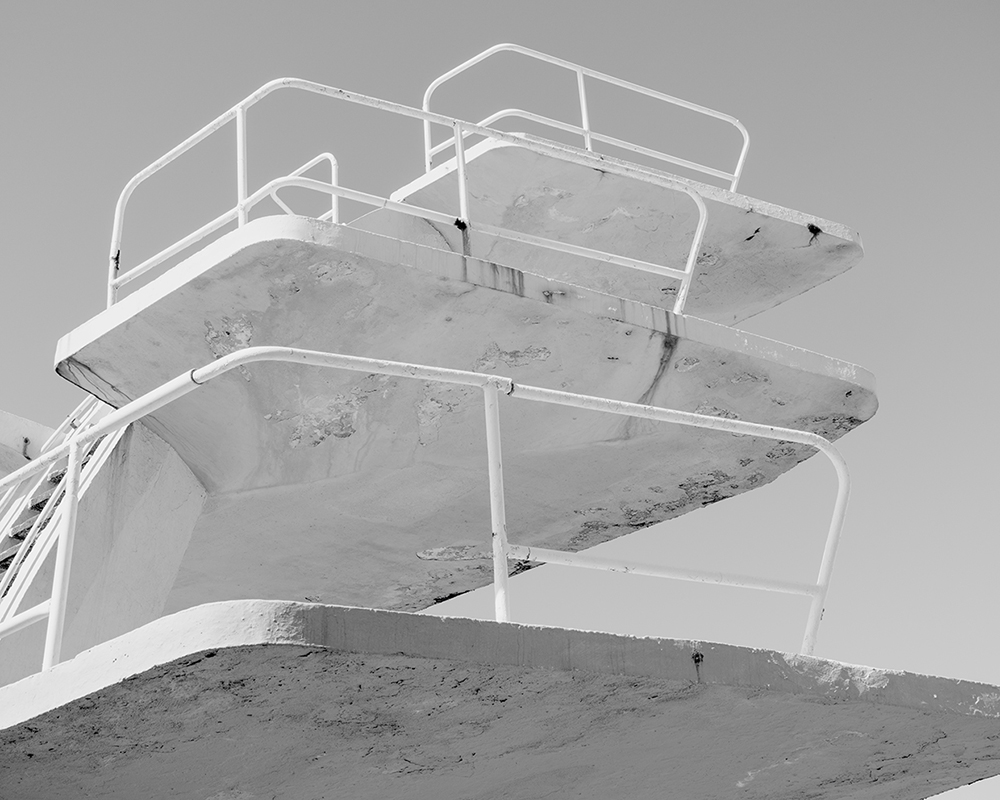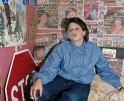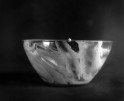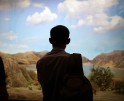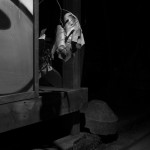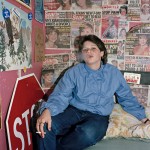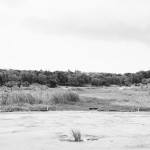Marion Belanger: The States Project: Connecticut
Marion Belanger has had a particularly significant impact on my career as an artist. At a faculty exhibition, not that many years ago, she said to me about my work that I was ready. The work I was making was ready. Her very genuine comments struck a chord and I began to consider where I was heading with my work. It was a pivotal moment that launched me to push myself and helped place me where I am today, just a few short years later. Marion is a remarkable artist. Her work and books are poignantly beautiful. She is incredibly well respected for her teaching and students fortunate enough to work with her wind up very grateful. On occasion, I listen in and watch critiques as well as see firsthand the work her classes make. I have grown from those interactions both as a teacher maker.
Marion Belanger photographs the cultural landscape, particularly where geology and the built environment intersect. She is the author of Rift/ Fault, (Radius Books, 2016) with a contributed essay by Lucy Lippard, and Everglades: Outside and Within, with an essay by Susan Orlean, (Center for American Places at Columbia College Chicago, 2009). The artist was awarded a John Simon Guggenheim Fellowship for her Everglades series in 2002. Belanger earned a M.F.A. from the Yale University School of Art where she was the recipient of both the John Ferguson Weir Award and the Schickle-Collingwood Prize, and a B.F.A. from the College of Art & Design at Alfred University. She was the 2006 Photographer Laureate of Tampa Florida, and a current artist in residence at the Connecticut Agricultural Experimental Station in New Haven. Past residencies include the MacDowell Colony, Everglades National Park, and MASS MoCA, among others. Her work is held in numerous collections including the National Gallery for Art, the New Orleans Museum of Art, the Library of Congress, and the Yale University Beinecke Rare Book and Manuscript Library. Her exhibitions include Photography and America’s National Parks, George Eastman Museum, Rochester, NY; Internationale Fototage: Contemporary American Photography, Mannheim, Germany; Northern (L) Attitudes: Norwegian and American Contemporary Art, The American-Scandinavian Foundation, New York, NY. She was a honoree for the 2016 Shpilman International Prize for Excellence in Photography from the Israeli Museum of Art, and has had fellowships from the State of Connecticut, the American Scandinavian Foundation, the John Anson Kittredge grant form Harvard University, the Artists Resource Trust, and the Puffin Foundation. She is currently an artist in residence at the Connecticut Agricultural Experimental Station. The artist resides in Guilford, Connecticut.
Surrounded Everywhere By The Sea
Liminal landscapes – earthquake fault lines, volcanos, tectonic plate edges, the harborages of profound change – have long been the subject of my photographic work. I photograph transitional spaces that linger between non use and purpose, both in the natural landscape, and in the constructed and built structures that define our civic spaces. Surrounded Everywhere by the Sea, a work in progress, includes Cuban landscapes, civic structures and people on the cusp of change, evoking liminal moments expressed in artifact, symbolism and mood. Fitful change in Cuba is omnipresent — yet tentative, fraught and uncertain. I have had the opportunity to visit Cuba throughout the roller coaster of U.S. policy shifts over the past couple of years. This project originated the week President Obama and the Rolling Stones visited Havana in the spring of 2016. I witnessed the excitement of the presidential motorcade and the thrill of the Rolling Stones playing in a country where their music had for so long been prohibited. Optimism and hope, and analogies to Woodstock (albeit a clean and sober one), were inescapable. Hotels were being constructed at a mad pace, and every room was occupied. Direct flights from New York were plentiful.
Now the US Embassy is essentially empty, and travel restrictions have dampened hopes for future engagements. A mysterious illness, possibly caused by sonic sound sickened the embassy staff – a fact that flirts with cold war intrigue, or science fiction sabotage. But in April, Raul Castro will step down from office – perhaps opening the window for fresh negotiations with the U.S.
When and how did you come about using photography to talk about your interests?
As an undergraduate, my first art professor, the artist John Wood, encouraged me to make ‘visual poetry’ with the camera. Photography excels in creating documents, presenting images seemingly real, but without a conceptual framework photography is boring, a literal representation. John’s work was always subtly environmental and that conceptual framework had a lasting impression on me that matured during my graduate work at Yale’s MFA program.
When did you realize that your overall practice was driven by your exploration of “tensions and synergies inherent in the cultural landscape?” How did this happen?
I grew up in a factory town on the Naugatuck River in Connecticut. The river was intensely polluted by manufacturing waste; it literally changed colors depending on which rubber or chemical plant was discharging; I remember the fumes that rose from it stung my eyes and nostrils as we drove along the river’s edge. The image of environmental damage done to promote profits never left me. My Florida Everglades project is an example of how I try to capture this tension, how it plays out in the carved out landscape where a truly unique ecosystem is threatened by real estate development and sugarcane farming. In a way nearly all landscape work evokes this political dimension – though I approach it obliquely.
How did you decide Cuba would be a place for you to photograph? Is your work done there or do you plan to return? What else would you like to capture there?
My work in Cuba began in March 2016 when staying aboard a schooner at Marina Hemingway near Havana. This was during President Obama’s initiative to reengage Cuba and U.S. The air was filled with hope and excitement, with thousands of Americans on the streets, Obama visiting Havana in a long motorcade, followed by the Rolling Stones concert. And even with the recent setbacks under the new administration, change seems inevitable. I am drawn to the liminal nature of that change. I plan to return several times during the next year to complete a study.
Do you see the book format as a final presentation for this work? How does thinking about making a book influence the way you make pictures?
I nearly always imagine making a book when I begin a series, but the consideration does not influence how I proceed with the photographic process – at least not initially. When making photographs I engaged viscerally and remain receptive to the unexpected surprises of subject and light. The blueprint of the series emerges overtime and comes to dominate the process only later, when I begin to sequence the images and, then, slowly the overall structure the book forms. Whether that is the final presentation of the work or not is difficult to answer; the exhibition can be the final presentation or the book, or sometimes they work together. Each series is different.
In relation to your work Lucy Lippard wrote that “Landscape is almost by definition context — time and space. We know nothing is permanent, but the concept of temporary is relative.” How do you conceptually think of time, space and relativity of the temporal in your work?
Much of my work occurs at the intersection point of geology and the culture landscape. Geologic time is measured in eras, each greater than all human history. We know this comparative scale as fact, but experientially it is impossible to really conceive of this durations of time. The cultural landscape understandably is our usual reference point, but we are now directly tied to the evolution of the earth as we tip into the Anthropocene era; a sense of impermanence results that I find fascinating.
You have said that people describe your work as subtle and elusive. Tell us about this in the context of your work.
There are no grand narratives in my work; didacticism alludes me in favor of softer whispers — like a meaningful dream. This is not an overt or intentional approach. Nor am I trying to be opaque or mysterious for the sake of it; this is how I see the world and it is reflected in the images I make.
How many projects do you work on simultaneously? Is there another project on deck already? Hint?
I am always working on multiple projects, each at different stages because of the need to plan travel, secure funding and manage the back and forth of publishing and exhibit installation. Currently I am an artist in residence at the Connecticut Agricultural Experimental Station where I am working with the archives. I will soon be going to Italy to photograph farmers that till the rich soils of the lava fields of Vesuvious. In a completely different context, I am also working on a collaborative project with Tanya Marcuse, Ann Daly, Mary Berridge, and Laura Letinsky under the name of The Birthday Club.
Posts on Lenscratch may not be reproduced without the permission of the Lenscratch staff and the photographer.
Recommended
-
Michael Vahrenwald: The States Project: ConnecticutMarch 31st, 2018
-
Mary Frey: The States Project: ConnecticutMarch 30th, 2018
-
Joan Fitzsimmons: The States Project: ConnecticutMarch 29th, 2018
-
Marion Belanger: The States Project: ConnecticutMarch 28th, 2018
-
Lisa Kereszi: The States Project: ConnecticutMarch 27th, 2018

